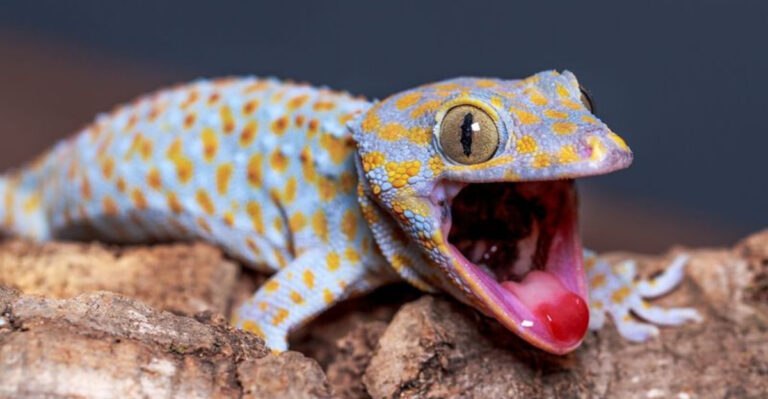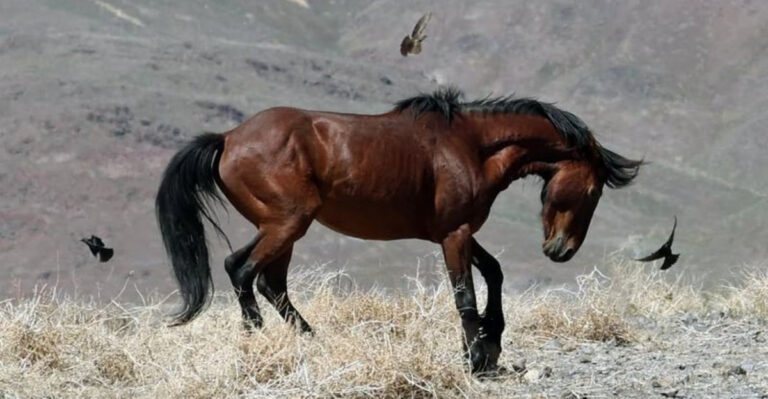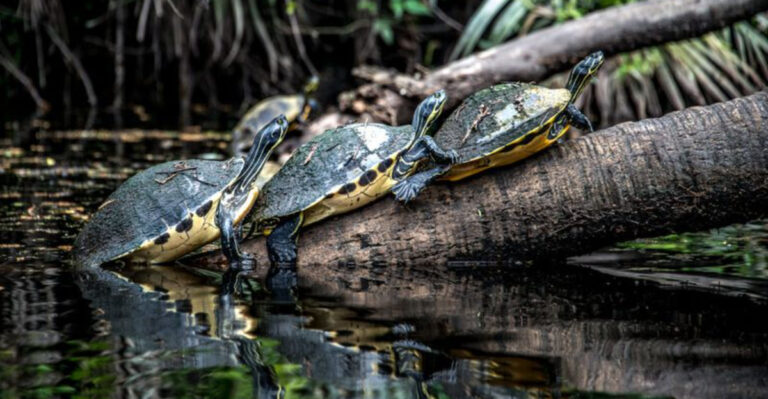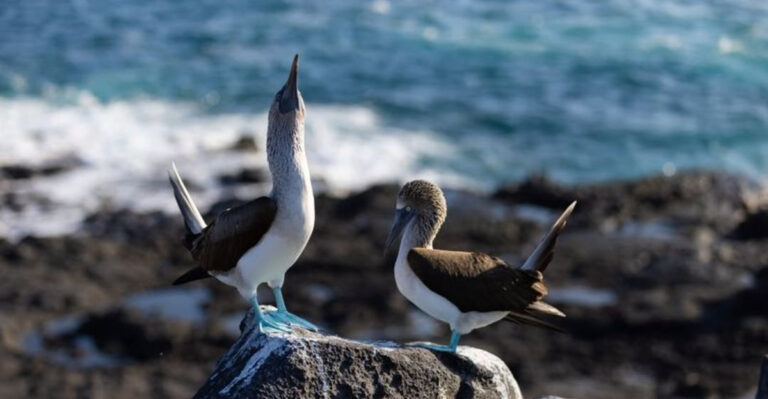How Hybrid Species Are Shaping The Future Of Northern Wildlife

The icy landscapes of the north are experiencing a remarkable transformation as hybrid species emerge and establish themselves in these challenging environments.
Climate change and shifting habitats are bringing previously separated species into contact, creating fascinating new genetic combinations.
These hybrid animals aren’t just scientific curiosities – they’re actively reshaping ecosystems and challenging our understanding of species conservation in the warming Arctic.
1. The Growing Influence Of Hybrid Species On Ecosystem Dynamics And Evolution
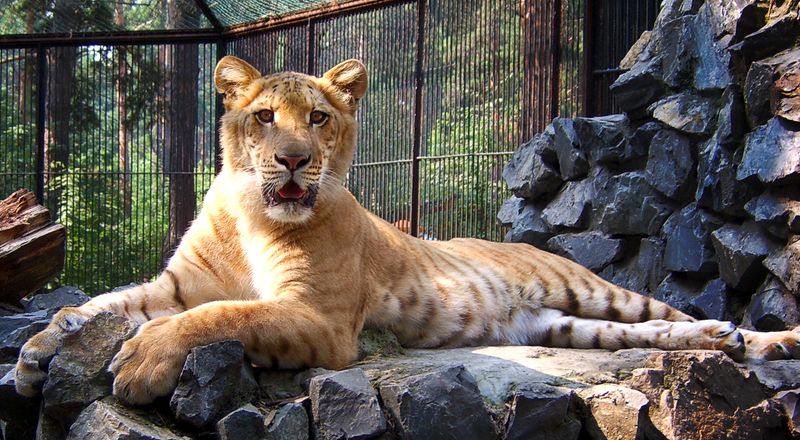
Previously, scientists viewed hybrids largely as anomalies or accidental occurrences with little impact on ecosystems. The general belief was that hybridization weakened species by diluting their genetic purity, leading to less resilient offspring.
However, in the “new era of hybrids,” especially with the pressures of climate change and habitat loss, hybrids are being recognized for their potential to adapt and thrive in changing environments.
Rather than simply being seen as genetic mistakes, hybrids are now viewed as an important factor in the evolution of species, often exhibiting unique traits that make them better equipped to survive in altered ecosystems.
This shift in perspective highlights the evolving understanding of how hybrid species are shaping the future of wildlife.
2. The Role Of Hybrid Species In Northern Ecosystems: A Changing Landscape
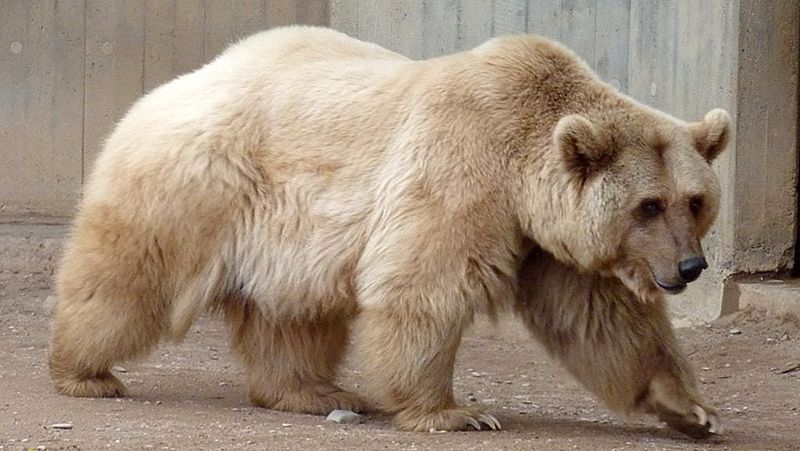
Hybrid species are becoming increasingly important in northern ecosystems, as climate change and habitat shifts create new opportunities for interbreeding between different species.
These hybrids often combine the best traits of their parent species, allowing them to adapt more quickly to changing environments.
For example, hybrid animals like the “grolar bear” (a mix of grizzly and polar bears) have emerged in response to shrinking ice habitats, showcasing how interspecies reproduction can result in new, more resilient creatures.
As these hybrids continue to emerge, their role in shaping the future of northern wildlife could lead to the evolution of entirely new species better suited to survive in the altered landscapes of the future.
3. Coywolves Redefine Predator Adaptability
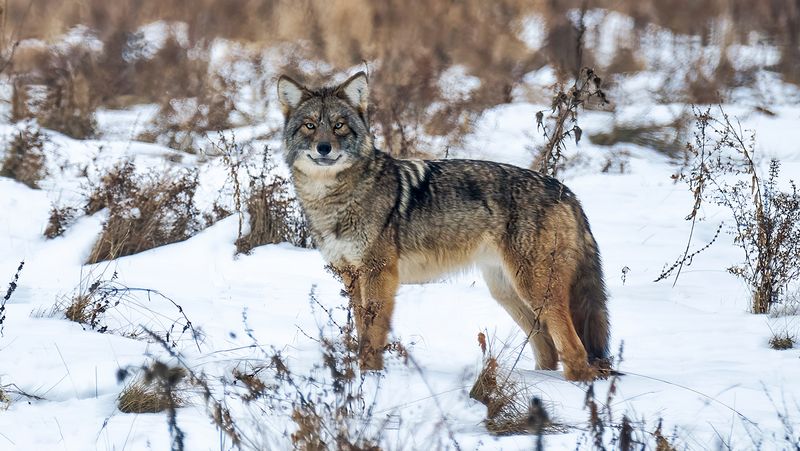
Forget what you thought you knew about wilderness predators – coywolves are rewriting the rulebook. These coyote-wolf hybrids have carved out territory across northeastern North America, thriving in landscapes from remote forests to suburban neighborhoods.
Larger than coyotes but more adaptable than wolves, they’ve inherited the best survival traits from both lineages. Their varied diet includes everything from small rodents to deer, and even urban food sources when necessary.
Genetic studies reveal most carry about 25% wolf DNA, with some eastern populations also showing traces of domestic dog genetics. This remarkable adaptability may represent nature’s response to human-altered environments.
4. Grizzly-Polar Bear Hybrids Lead The Charge
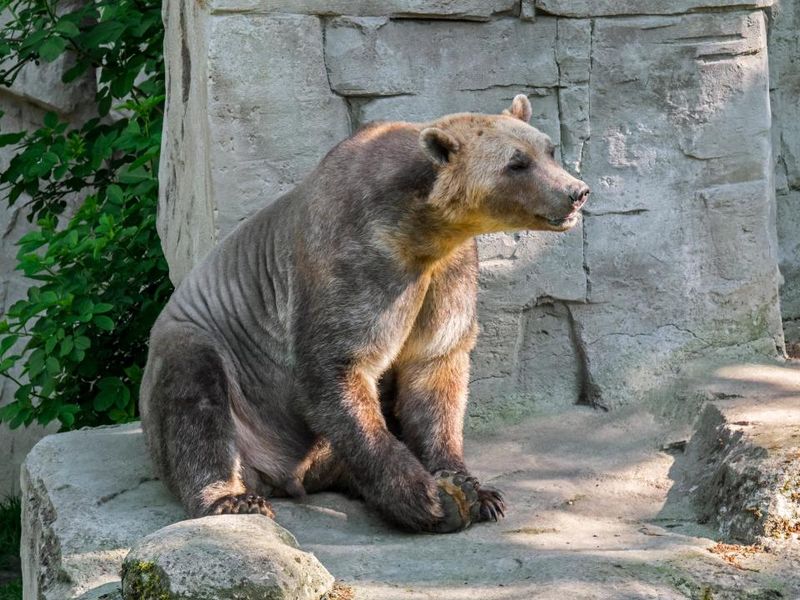
The ‘pizzly’ or ‘grolar’ bear combines the polar bear’s cold-weather adaptations with the grizzly’s versatile foraging skills. First confirmed in the wild in 2006, these powerful hybrids sport cream-colored fur with brownish patches and slightly humped shoulders.
Scientists track their movements through Canada’s northern territories, where warming temperatures push grizzlies northward into polar bear territory. Unlike their pure-bred parents, pizzlies demonstrate remarkable flexibility in hunting both on sea ice and inland areas.
Their emergence signals dramatic Arctic climate shifts, with researchers debating whether these hybrids might actually be better equipped for survival in the changing north than either parent species.
5. Lynx-Bobcat Hybrids Expand Northern Range
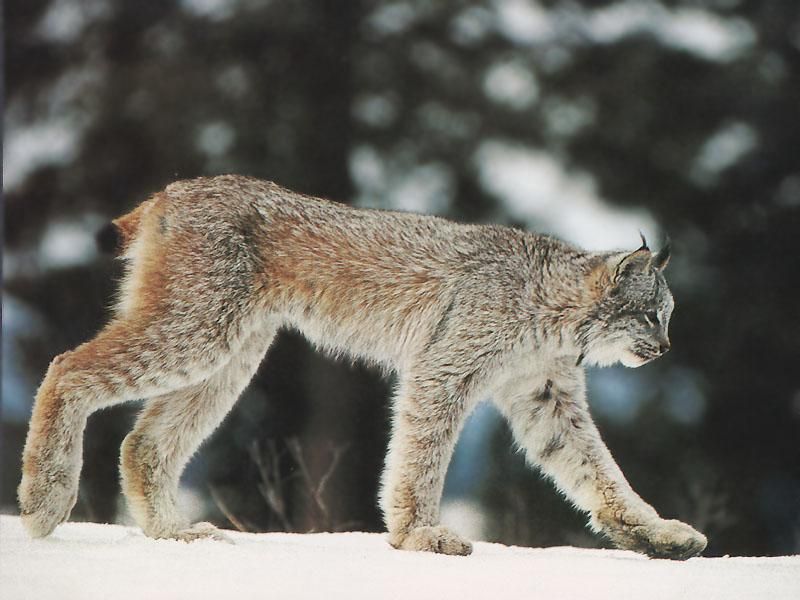
Meet the wild cat that’s quietly changing forest dynamics across North America. Lynx-bobcat hybrids combine the lynx’s cold-weather specialization with the bobcat’s adaptability, creating a feline perfectly positioned to handle shifting climate zones.
Their appearance blends characteristics – lynx-like ear tufts and larger paws for snow travel, but with the bobcat’s smaller body size and spotted coat patterns. Researchers have documented these hybrids primarily along the US-Canada border, where warming temperatures push bobcats northward into traditional lynx territory.
Hunting behavior studies show these hybrids can switch between specialized snowshoe hare hunting (typical of lynx) and the bobcat’s more opportunistic approach, potentially altering predator-prey relationships across northern forests.
6. Narlugas Challenge Marine Mammal Classification
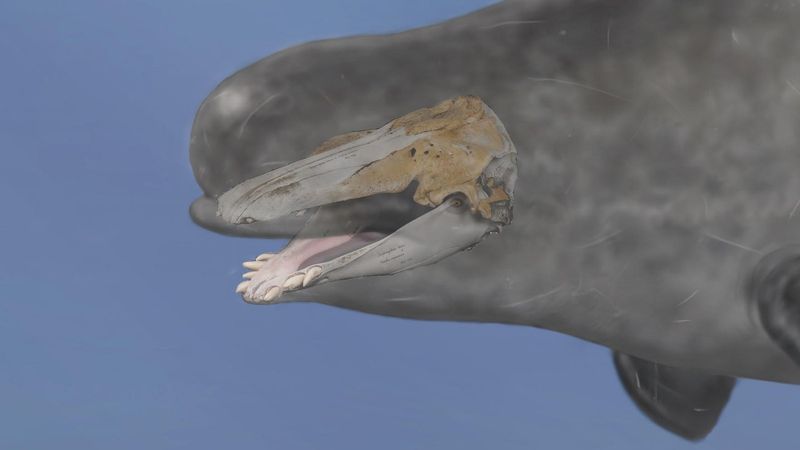
The ocean depths hold their own hybrid secrets. Narlugas – crosses between narwhals and belugas – have been confirmed through DNA testing of strange-looking whales harvested by Inuit hunters. These rare hybrids display a fascinating mix of features from both parent species.
Unlike the stark white beluga or the spotted narwhal, narlugas typically have gray, mottled skin. Male narlugas may develop shorter tusks than pure narwhals or none at all, while their body shape falls somewhere between the stocky beluga and the more streamlined narwhal.
Their existence raises questions about changing Arctic sea conditions that might be bringing these normally separate species into contact more frequently.
7. Arctic Fox-Red Fox Hybrids Signal Climate Shifts
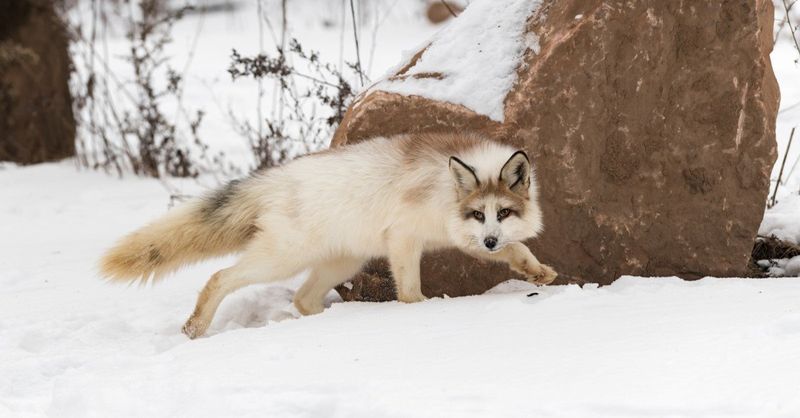
The color-changing Arctic fox, perfectly adapted for polar conditions with its winter white coat, now faces competition from an unexpected source. Red foxes moving northward with warming temperatures aren’t just competing for territory – they’re interbreeding.
The resulting hybrids show variable coat colors, sometimes maintaining the Arctic fox’s seasonal changes but with reddish-brown patches. Their ears tend to be larger than pure Arctic foxes but smaller than red foxes.
Wildlife biologists worry these hybridization events could eventually dilute the unique genetic adaptations that allow Arctic foxes to survive extreme cold. Camera trap studies in northern Canada and Scandinavia have documented increasing hybrid populations in areas where the species’ ranges now overlap.
8. Fish Hybrids Reshape Freshwater Ecosystems

Northern lakes and rivers are witnessing unprecedented changes as fish species form hybrids in response to warming waters. Particularly noteworthy are splake (brook trout × lake trout crosses) and tiger trout (brown trout × brook trout), which combine cold-water adaptations in novel ways.
These fish hybrids often grow faster and reach larger sizes than either parent species. Their altered feeding behaviors – splake can switch between deep-water and near-shore hunting – are changing predator-prey dynamics throughout freshwater systems.
While some hybrids occur naturally where ranges overlap, others result from deliberate stocking programs. Scientists monitor these populations carefully, as their competitive advantages could potentially displace native species in some northern watersheds.
9. Mallard Hybridization Threatens Arctic Duck Species
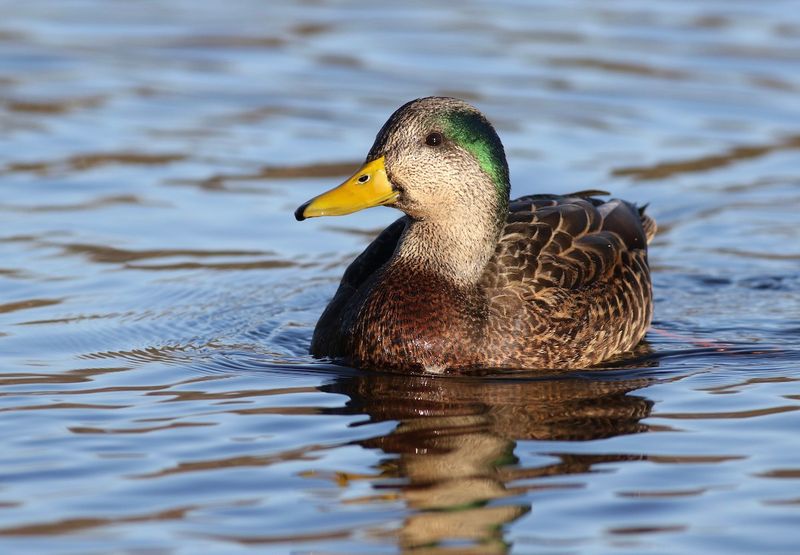
Common mallards expanding northward are creating a genetic dilemma for several specialized Arctic duck species. American black ducks, mottled ducks, and the Hawaiian duck all face genetic swamping from increasing hybridization with the highly adaptable mallard.
The resulting hybrid offspring often display mixed plumage patterns – males may show partial green head coloration with mottled body feathers. Field researchers use wing measurements and bill color patterns to identify these mixed-heritage birds.
Conservation biologists worry this genetic mixing could eventually eliminate pure populations of these specialized northern duck species. Some northern wildlife refuges now include mallard population management in their conservation plans to protect the genetic integrity of vulnerable native waterfowl.
10. Muskox-Cattle Hybrids Offer Climate Resilience Clues

The woolly muskox, ancient survivor of the ice age, has produced rare but fascinating hybrids with domestic cattle. These unusual crosses, mostly from captive breeding attempts, provide valuable insights into cold-weather adaptations that could benefit northern agriculture.
The hybrids inherit some of the muskox’s remarkable insulating qiviut (inner wool) along with cattle’s more docile temperament. Their meat combines qualities from both species – leaner than beef but more tender than wild muskox.
Agricultural researchers study these rare hybrids to understand genetic traits that allow survival in extreme cold. Some scientists believe these genetic combinations could eventually help develop more climate-resilient livestock breeds as northern farming regions experience unpredictable weather patterns.
11. Wolf-Dog Hybrids Create Management Challenges
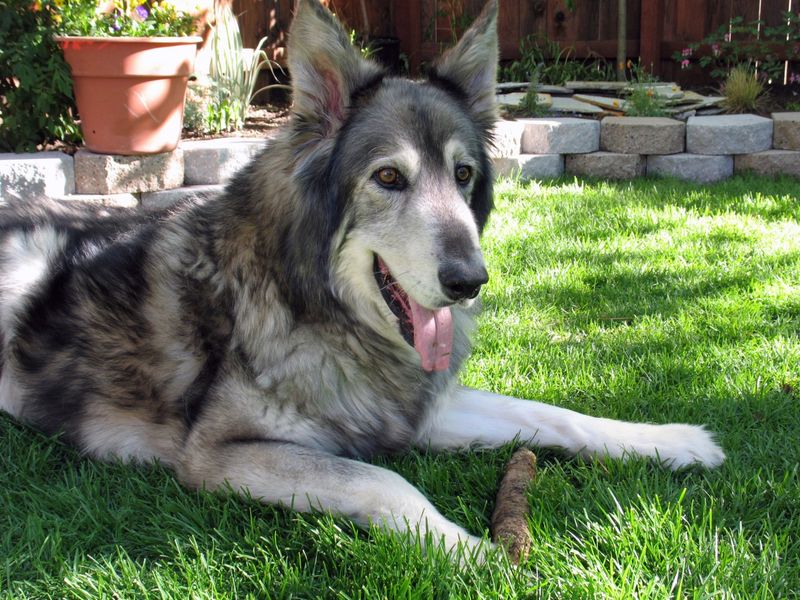
Wolf-dog hybrids represent one of the most controversial intersections of wild and domestic animals in northern regions. Unlike many natural hybridization events, these crosses often result from human intervention through deliberate breeding or accidental mating of domestic dogs with wild wolves.
Physical characteristics vary widely – some display the wolf’s broad face and amber eyes combined with dog coat patterns. Their behavior typically blends wild instincts with varying degrees of human socialization.
Wildlife managers face difficult decisions when these animals appear in the wild. Hybrids may disrupt wolf pack dynamics or introduce domestic dog genes into wild populations. Several northern states and provinces have implemented strict regulations on ownership and breeding to address these conservation concerns.
12. Hybrid Ravens Demonstrate Surprising Cognitive Adaptations
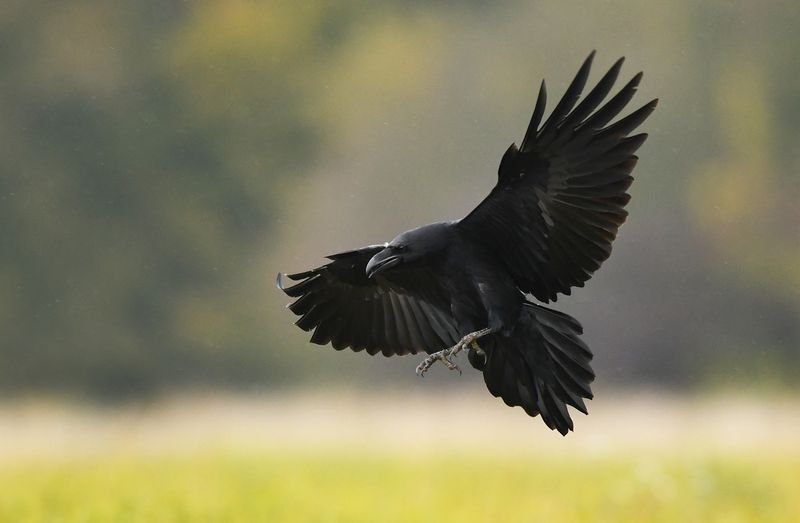
The common raven and Chihuahuan raven have created a hybrid zone that’s expanding northward, producing birds with fascinating cognitive abilities. These hybrid ravens combine the common raven’s extreme cold tolerance with the desert-adapted Chihuahuan raven’s heat management skills.
Researchers conducting problem-solving tests have documented these hybrids outperforming both parent species in certain tasks. Their vocalizations also show interesting patterns – incorporating call elements from both species but developing unique variations.
Most intriguing is their habitat flexibility, with hybrid ravens establishing territories in transitional environments where neither parent species typically dominates. Their success demonstrates how hybridization sometimes creates animals perfectly suited for changing climate conditions.
13. Hybrid Insects Become Climate Change Indicators

The tiniest northern creatures are providing some of the most valuable climate change data through hybridization patterns. Bumblebee species previously separated by habitat preferences now produce hybrids in warming Arctic regions, while butterfly species extend their ranges northward and interbreed.
These insect hybrids often display wing patterns and body colorations that blend characteristics from both parent species. Researchers collect specimens along transect lines to document hybrid zone movements over time.
What makes these hybrid insects particularly valuable is their rapid generation time – populations can show evolutionary responses to changing conditions within just a few years. Entomologists now use hybrid insect distribution maps as early warning systems for ecosystem changes that might later affect larger animals.

